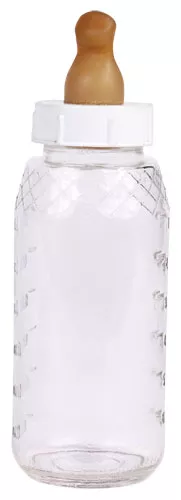Bisphenol A (BPA) was developed in the 1930s as a synthetic estrogen that might be used to assist women experiencing difficult pregnancies. A very similar chemical called diethyl sylbestral (DES) was later found to cause cancer and serious reproductive problems in both mothers and the daughters of mothers who had taken it; soon both chemicals were no longer used in medical applications.
But in the 1950s, researchers found a new use for BPA: It could be polymerized to make hard plastics. The new compound found its way into thousands of uses including baby bottles, reusable water bottles, CDs, DVDs, eyeglasses, some dental sealants, the resins used to line food cans and even printer’s ink and carbonless paper. Worldwide production of BPA is more than six billion pounds a year.
PLASTIC SAFETY
DON’T put any plastics in the dishwasher.
DON’T microwave foods in plastic containers.
DO discard plastics with any sign of wear or damage.
DO use number codes to guide your use of plastic.





















